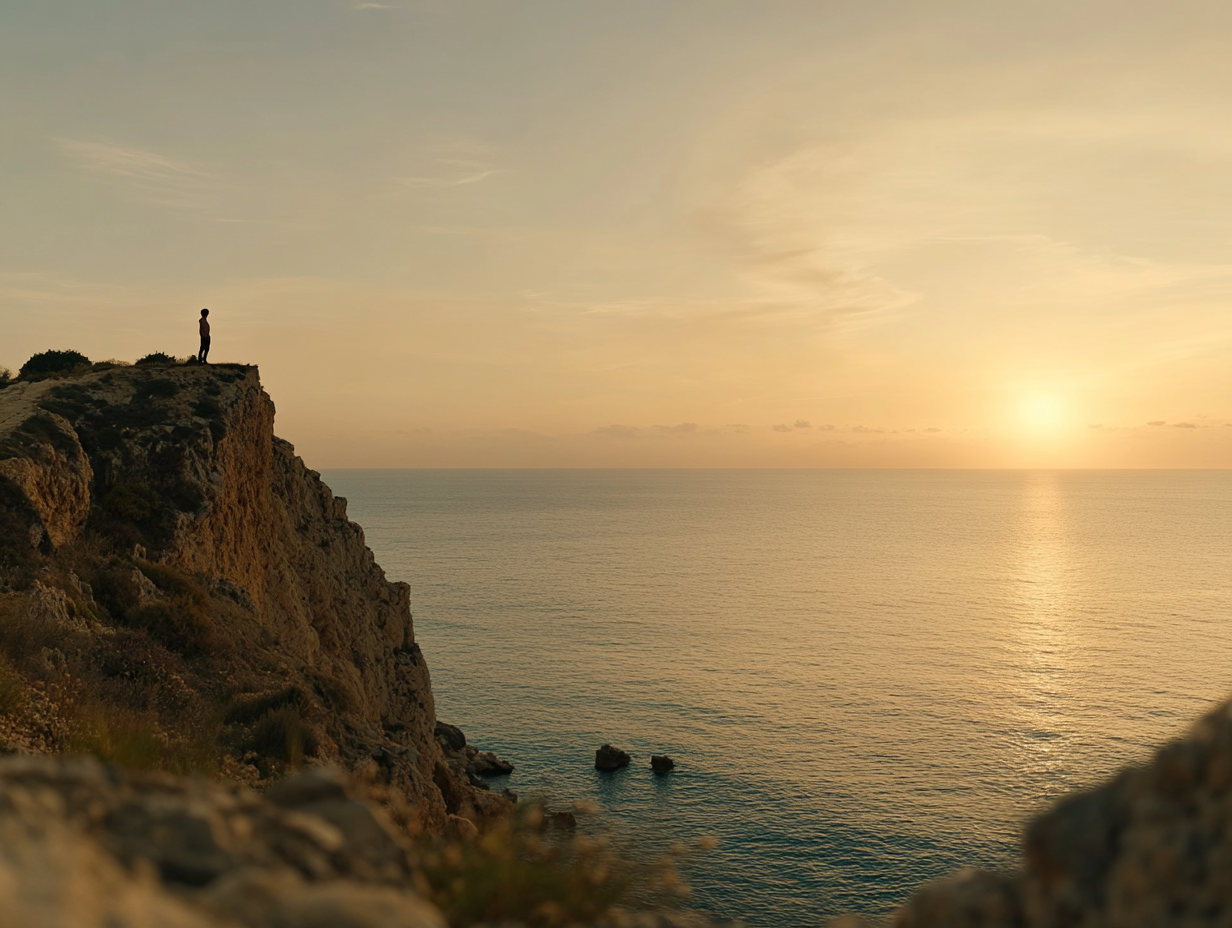Top Sony Cameras for Hybrid Photo and Video Creators In 2025, content creation is all about versatility. As more creators shift between photography and video, finding a camera that excels at both has become essential. Sony’s lineup offers some of the best options for...
